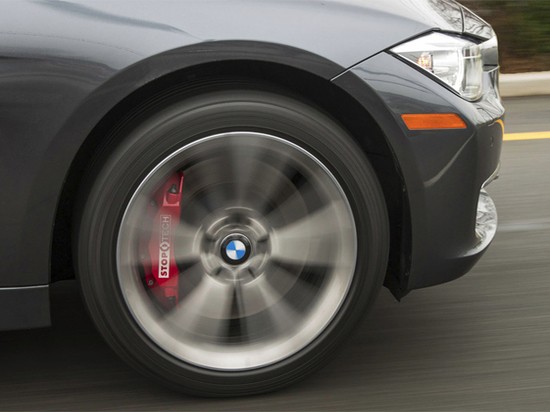
How to break in brake pads
New brake pads and discs are installed regularly. Once these brake pads and discs are installed, it is important to break them in properly. Lapping, commonly known as break-in, new brake pads and discs…
New brake pads and discs are installed regularly. Once these brake pads and rotors are installed, it is important to break them in properly. The lapping, commonly known as break-in, of new brake pads and rotors is necessary for new brakes to function properly. The process consists in applying a layer of material to the friction surface of the rotor from the brake pad. The transmission layer is known to improve brake performance and extend brake life by increasing brake and rotor friction.
Lapping process for new brakes
Once the new brakes or rotors have been installed by a licensed mechanic, the next step is to burn in the brakes. This is done by fast acceleration and then by fast deceleration.
When installing new brakes, it is important to keep safety in mind. To ensure the safety of everyone on the road, it is best to go to bed in an area with little or no traffic. Most people drive a little further from their city to get some new brakes.
Lapping of brakes is usually done in two passes. During the first round, the car is driven at 45 mph with a medium to light slow stop repeated three or four times. The brakes should be allowed to cool for a few minutes and then the car should be subjected to aggressive deceleration from 60 mph to 15 mph eight to ten times. The vehicle should be allowed to stand or drive slowly on an empty road for several minutes to allow the brakes to cool before applying the brakes again.
The brake pads should then noticeably change color compared to when they were first used. This change is the transmission layer. After the break-in is completed, the brakes should provide the driver with smooth braking.